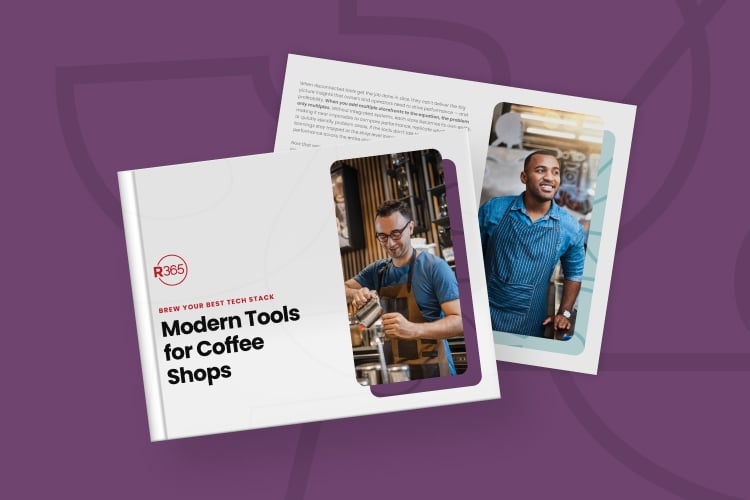With unprecedented pressures bearing down on restaurant operators, it’s more important than ever to ensure that your business squeezes the most juice out of every lemon that comes into the kitchen. While it can be tempting to launch new menu items or promotions to get more traffic through the door, an untapped well of profit is already inside your menu, waiting to be tapped.
With an integrated, end-to-end Restaurant Enterprise Management (REM) platform with powerful accounting functionalities, doing so is as easy as dropping a bucket into a hole. What’s important is ensuring that the system is connected to your vendors, and your point-of-sale (POS) system, and offers robust reporting to empower you to uncover and promote your most profitable dishes.
A modern, industry-specific system should do most of the following calculations for you. Still, it’s essential to have a solid foundation to ensure identifying your most valuable dishes can be done regularly. As prices and consumer preferences shift, it’s common to see changes in the dishes that boast the greatest margins.
It starts with accurately counting your Cost of Goods Sold (CoGS), which reveals how much it costs to create each of your menu items within a set time period.
Beginning inventory (in dollars) + Purchases – Ending inventory = Cost of Goods Sold
This formula allows you to unlock two powerful metrics: food cost percentage and contribution margin, which will be the indicator of your potentially hidden powerhouses.
Actual CoGS of an individual dishes ÷ Sales of that dish = Food cost percentage
Menu item price – Menu item cost (the actual CoGS of dish) = Contribution margin
If you’re doing things manually, which we know is time-consuming and fraught with error (who can keep the numbers straight after opening and closing the restaurants?), you’ve arrived at the contribution margin of one dish during a set period, which could be a week, a month, or a quarter.
Now, you can go on to calculate the rest of your menu items’ contribution margins, or, better yet, your REM system can do it for you and deliver complete insights with only a few clicks.
Doing so can reveal untold opportunities. On the one hand, you might have a Tennessee Whiskey Burger on your menu that guests love and order in droves. It sells for $15 and costs you $3.31, with a contribution margin of $11.69. Another popular item on your menu is a garlicky black pepper ribeye, which costs you $11.22 to make per order, more than 300% more than the burger. However, that ribeye goes for $32, creating a contribution margin of $20.78, almost double that of the whiskey burger.
Herein lies the power of understanding contribution margin to uncover your most profitable dishes. So what do you do with this information?
You can use several menu engineering techniques to boost sales of those dishes that add the most to your bottom line. You can outline them or offset them from the rest of the menu to draw guests’ eyes. You can pair your highest-profit menu items with your highest-price dishes. This decoy tactic uses people’s innate prudence to drive them toward the dish that most benefits your organization. Outside the menu, you can ensure your servers are constantly recommending and talking up the plates with the widest margins. A contest amid your teams to see who can sell the most in a single for a reward like a gift card potentially adds thousands of dollars to your topline numbers for a single night.
The most important thing is ensuring that your team, whether you’re an owner, operator, or store-level manager, is equipped with accurate, timely information to help drive your business down the road that will yield not only the most profit but the best overall experience for your guest and the most growth for your restaurant company.



